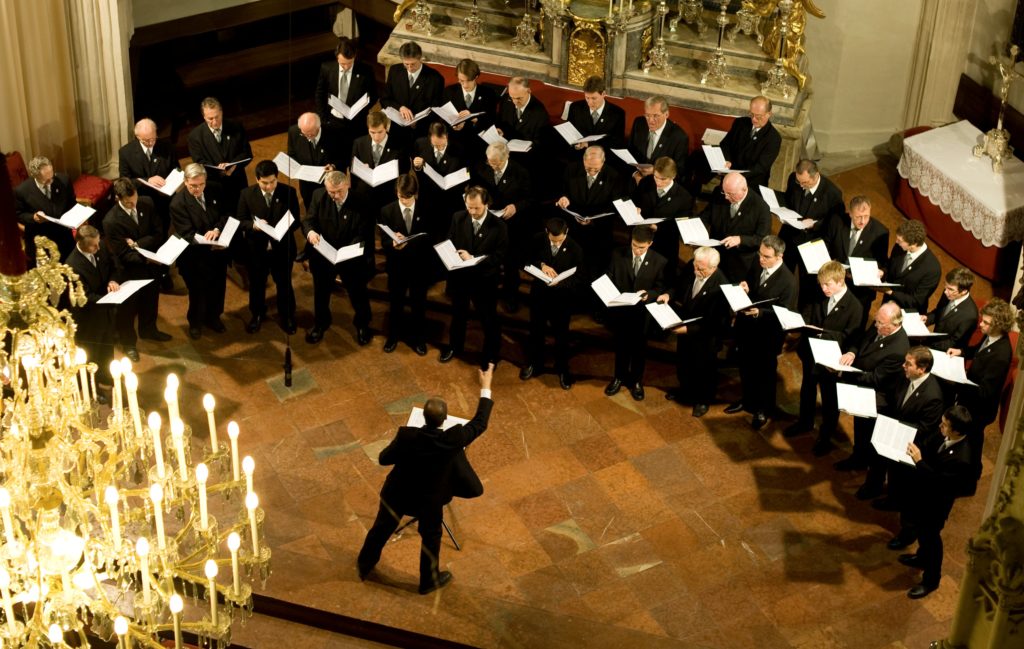
A Tale of a Choir Rehearsal
I had the opportunity (now somewhat of a rarity in my life) to show up at a choral rehearsal and simply observe rather than act as a direct participant. The work in question was categorically “standard” repertoire—the sort of piece you find in numerous dog-eared editions on countless American bookshelves. It just so happened that the pianist that day was playing from a very heavy-handed edition from the early twentieth century; tremolos, parallel sixths and thirds, octaves, sweeping slurs, and dramatic dynamic shifts were the operators in this busy score. This is a difficult (but fairly typical) situation that calls for special accompaniment techniques.
After a few minutes, it became clear to me that the accompanist, while solid in technical facility, was not entirely fluent with some of the passagework. Tempos began to waver; important details vanished beneath a mess of notes. It was not long before the conductor gave the tempo for a particularly fast and exciting movement…or perhaps not so fast and exciting. What was going on here? Why was thing dragging so much? Who was really in charge of the tempo?

This is a situation that happens far more often than it should. What I always want to say is this: if you can’t play what’s written on the page without compromising the integrity of the music, then you shouldn’t play what’s on the page. This is doubly true with piano reductions, where the original medium is strings, winds, percussion, or anything else that only remotely resembles a piano. Even in the rare case where the composer him/herself has prepared the reduction, you can be sure that at least some details from the original score are missing.
Interpret, don’t just take dictation
The upshot is that playing reductions is by definition an act of interpretation; you must make decisions about what is most important and forget about everything else. And guess what? Rhythm and tempo are really, really important. If all of your energy is going into playing as many notes as possible, then exactly none of your energy is being invested in what your ensemble truly needs: a good, solid foundation on which to create their art.
We all have our stories, and we all have our reasons for hearing music the way we hear it. The best advice I can give you is to take chances, experiment, and interpret. Printed sheet music is merely evidence of what the composer intends, and no music lives without human intermediaries. So be a human! I dare you.
What do you think? Leave a reply.